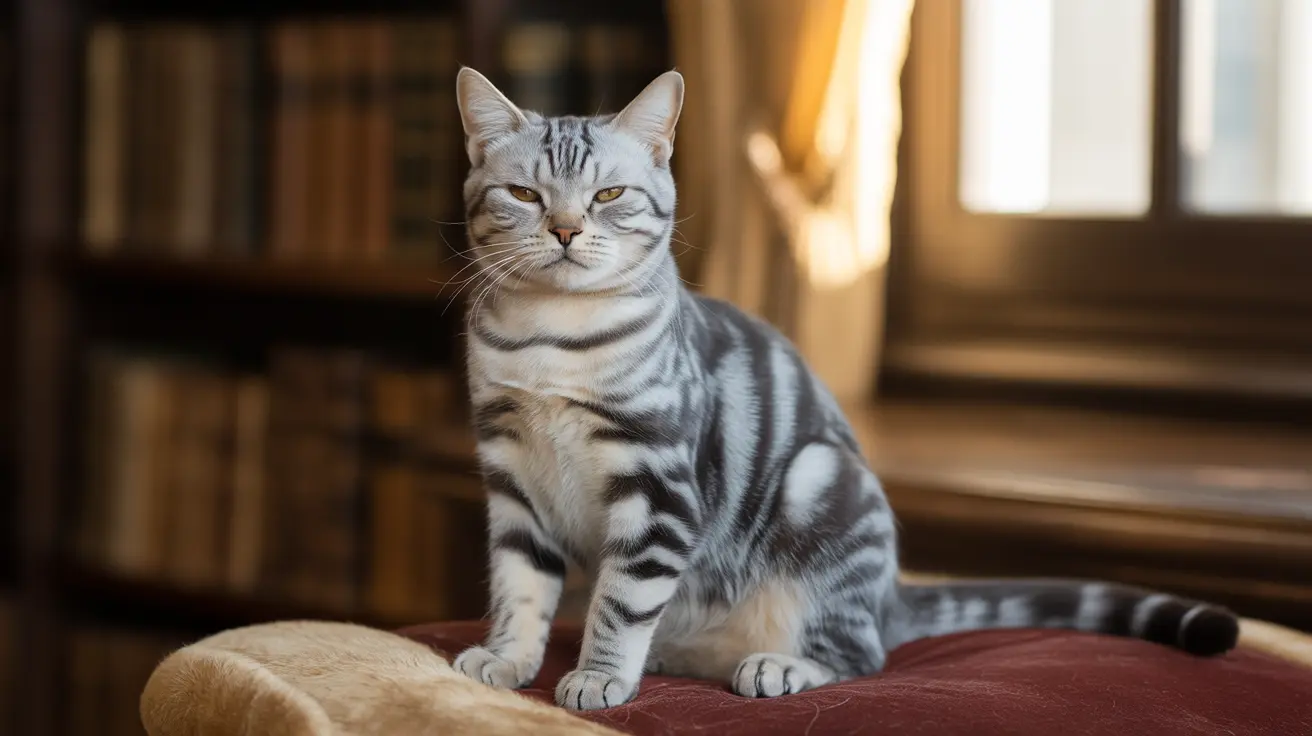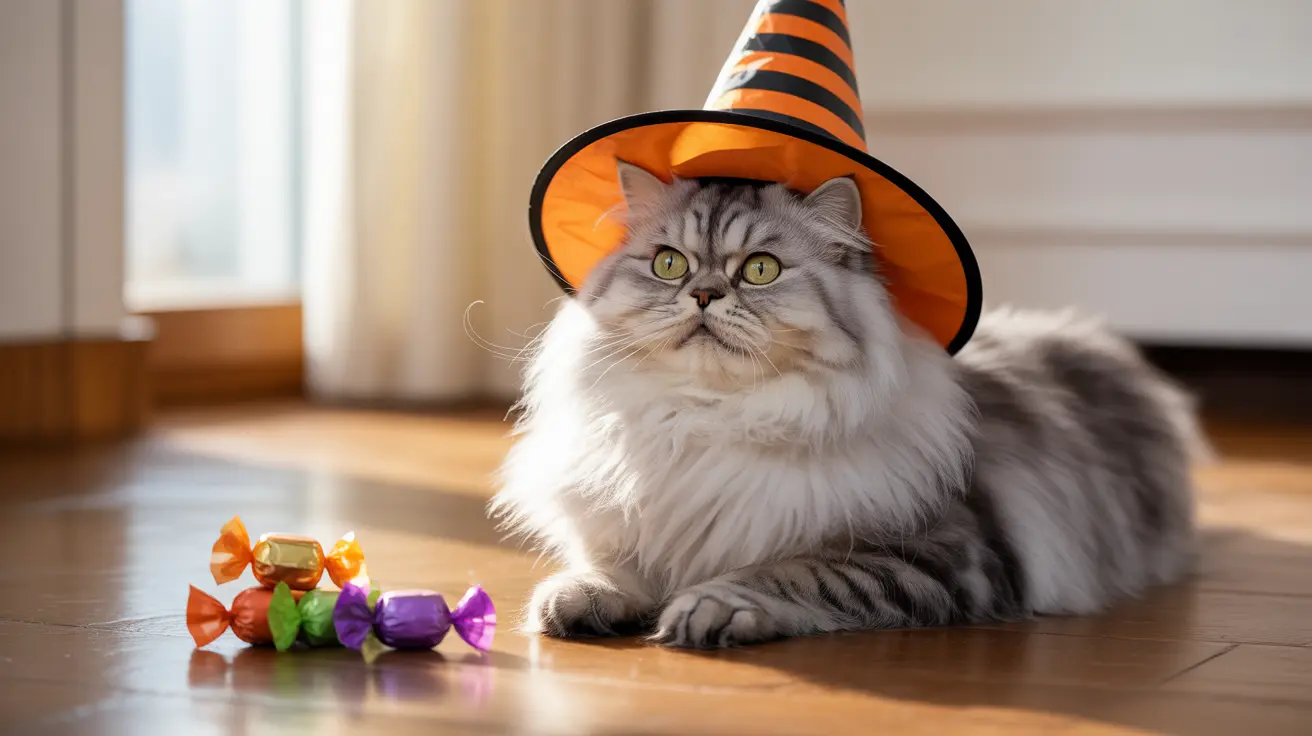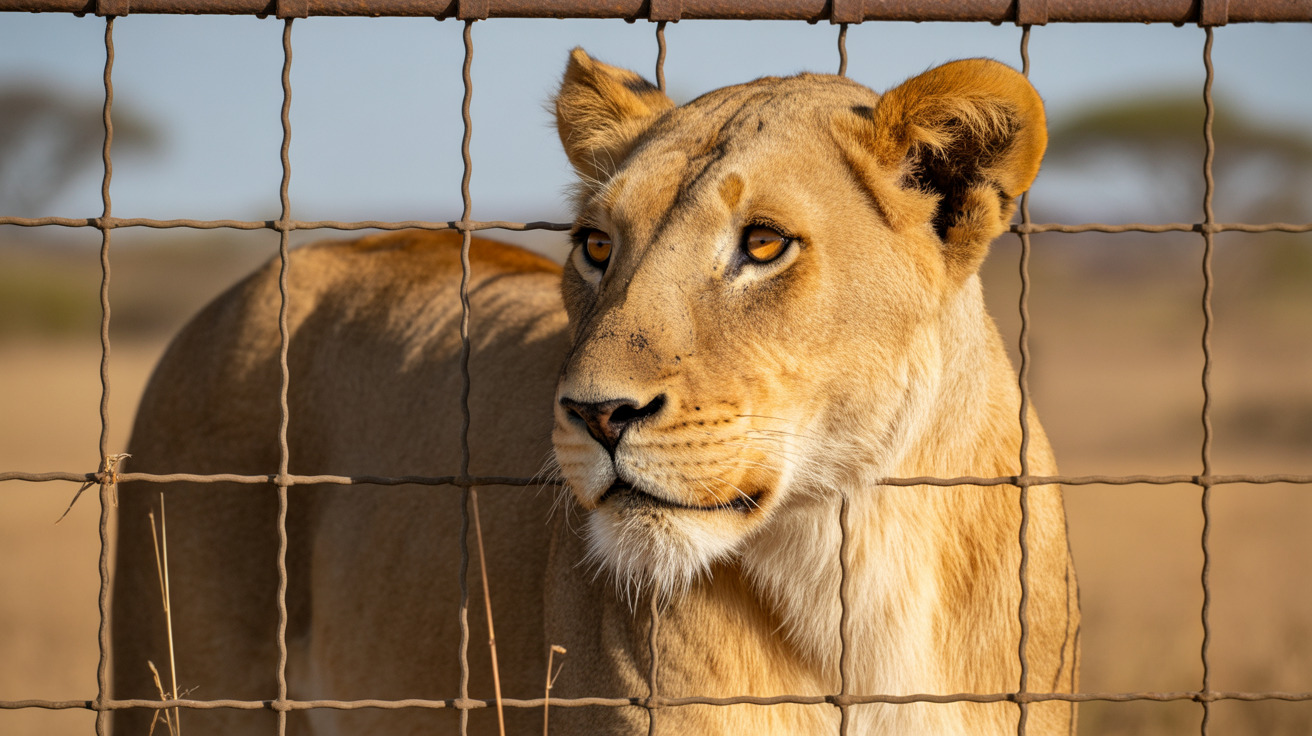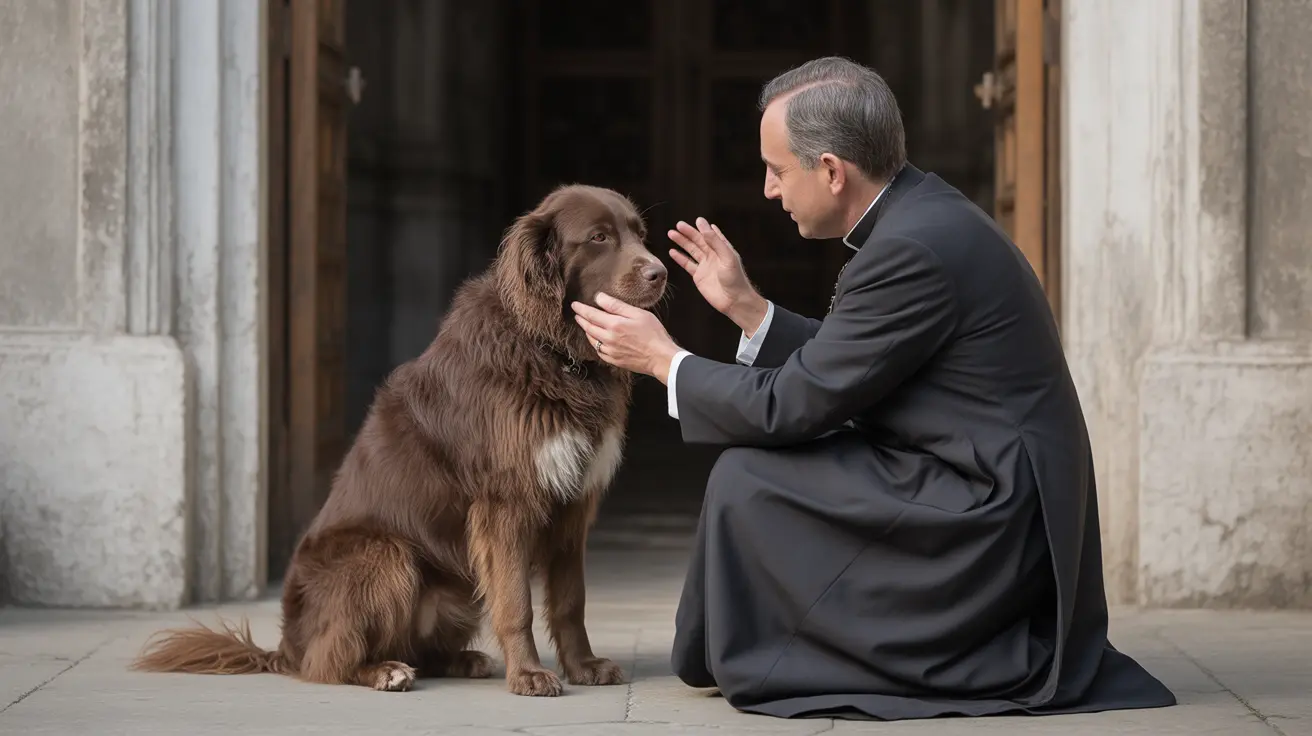The Science Behind the Tabby M Pattern
The M marking on tabby cats isn't just a random pattern - it's a direct result of specific genetic interactions. The primary player is the agouti gene, which creates the characteristic banded coloring on individual cat hairs. This gene, combined with other genetic factors, produces the distinctive tabby patterns, including the M on the forehead.
Interestingly, all domestic cats carry the tabby gene, even if their coat doesn't show obvious tabby markings. The M pattern forms where facial stripes naturally converge above the eyes, creating this memorable marking.
Cultural Legends and Religious Significance
The tabby M has inspired numerous cultural and religious stories throughout history. In Christian tradition, it's said that a tabby cat comforted baby Jesus in the manger, and Mary blessed it with her initial. Islamic legend tells of the Prophet Muhammad's beloved tabby cat, Muezza, who received the M marking as a sign of the Prophet's affection after saving him from a snake.
Ancient Egyptians connected the marking to their word for cat, "mau," and associated it with the moon's luminescence. These stories highlight humanity's enduring fascination with this distinctive feline feature.
Different Types of Tabby Patterns
The M marking appears across various tabby patterns, each with its unique characteristics:
- Mackerel: Featuring straight stripes running down the sides
- Classic: Displaying swirled patterns resembling a marble cake
- Spotted: Showing distinct spots instead of stripes
- Ticked: Exhibiting subtle body patterns with clear facial markings
Each pattern type can display the M marking with varying degrees of prominence, though it's typically most visible in mackerel and classic tabbies.
The Role of Genetics in M Formation
Modern genetic research has revealed that multiple genes interact to create tabby patterns. The tabby M forms during early development when specific genes direct pigment-producing cells to create these distinctive markings. This process is so fundamental to cat genetics that even solid-colored cats often show faint tabby patterns in certain lighting.
Frequently Asked Questions
What causes the distinctive "M" marking on a tabby cat's forehead?
The M marking is caused by the interaction of several genes, primarily the agouti gene, which creates specific pigment patterns in the cat's fur. This genetic pattern causes facial stripes to converge in an M shape above the eyes.
Are the "M" markings on tabby cats linked to any cultural or religious legends?
Yes, the M marking has inspired various cultural and religious legends. Notable examples include Christian stories about Mary blessing a cat that helped baby Jesus, and Islamic tales about the Prophet Muhammad's beloved cat Muezza.
How do different tabby coat patterns affect the appearance of the "M" on a cat's forehead?
While the M appears in all tabby patterns, its visibility can vary. It's typically most prominent in mackerel and classic tabbies, while it might be more subtle in ticked tabbies. The contrast and definition of the M can also vary based on the cat's overall coloring.
Can non-tabby cats display the "M" marking, and why?
Yes, non-tabby cats can sometimes display faint M markings because all domestic cats carry the tabby gene, even if their primary coat pattern appears solid or different. These markings might be visible under certain lighting conditions.
Does the visibility of the "M" marking change as a tabby cat grows older?
The M marking's visibility can change with age. It's often most pronounced in kittens and young cats, and may become less distinct as the cat ages, though this varies among individuals and depends on their genetic makeup.
Conclusion
The tabby M marking represents a fascinating intersection of genetics, culture, and feline evolution. While science explains its physical origins, the cultural significance and myths surrounding this pattern continue to captivate cat lovers worldwide. Whether viewed through a scientific or cultural lens, the M marking remains one of the most distinctive and cherished features of our feline friends.






